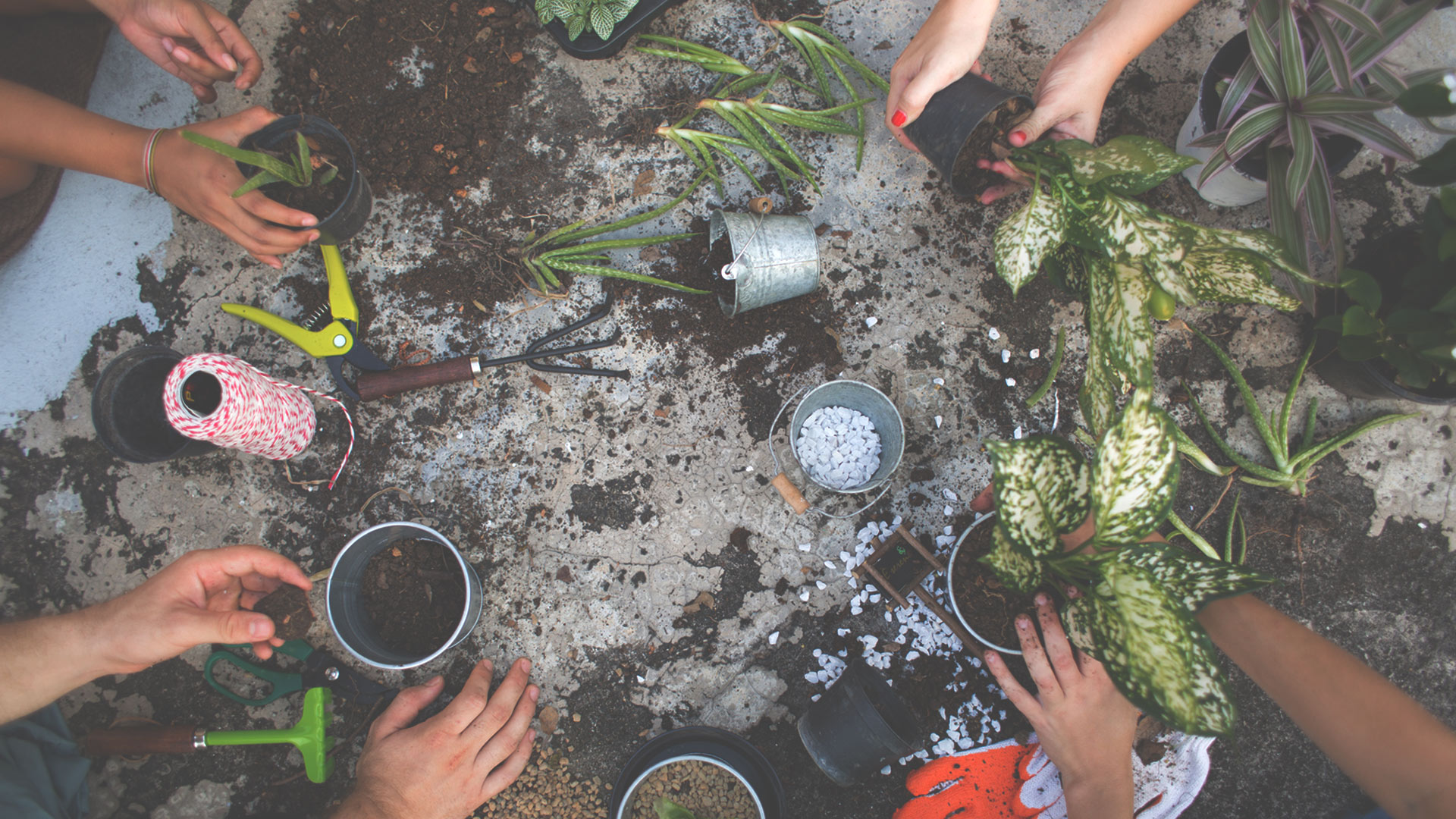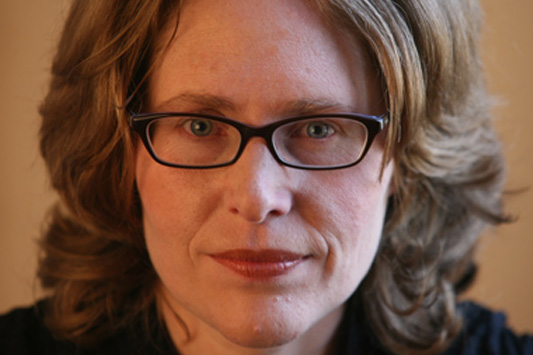
The G Word: Creating More Connection When the Word “Group” Alarms You
By Emily White
Like many introverts, I am drawn to one-on-one conversations and wary of group activities. I’ve been known to hide during office birthday parties. At a friend’s book launch, I was so overwhelmed by the noise and bustle of 50 people in a bar that I bought the book, spent two minutes chatting with my friend, and then slipped out the door as quickly as I could. By the time I got back to the car, I was so happy to be alone that I almost kissed the steering wheel.
I’m possibly the last person on earth who you’d expect to be advocating for a fuller group life.
But I think we need to rethink what we mean by “group.” My dad, who was born in small town Kentucky in 1928, was part of many groups: his huge family, his clutch of neighborhood friends, and his congregation. In the stories he’d tell about his childhood, he always seemed to be with people—playing with friends, hanging out with his cousins, or going to parish festivals.
It was hard for me to imagine my dad in the midst of these groups. An introvert with a heavy stutter, he had difficulty talking at all. (I think that growing up with someone I loved who didn’t say much is one of the reasons I now equate happiness with silence.)
I associated groups with everything that introverts consider “unpleasant”—too much noise, too much talking, and too much sociability.
But over the course of my connection challenge, I learned something important: there are ways of connecting with people and with groups that aren’t loud and socially demanding. I also learned something else I never expected: being part of quiet groups feels really, really good.
Groups can provide us with a sense of shared identity. When I was at the community garden, or at church, or at the office of the zoo inspection agency, I felt bigger than my own personal self. I stopped being just me—bookish, quiet, way too sensitive—and became something other people were as well: a gardener, a congregation member, or a fellow zoo inspector.
And being like other people, if only for the duration of a gardening session, is reassuring. In an era when so much weighs on us individually—career decisions, relationship problems, financial worries—groups provide an escape hatch. When I’m with my church group, my own concerns fade into the background. I lose myself in matters that feel manageable because they’re shared and because they’re not really about me. (The issue of how much money to spend on cheese plates for the holiday social is not one that I lose sleep over.)
Of course, it has to be the right sort of group. When I was first searching for connection, I became part of something called the “dolphin pod” at my community pool. Initially, I thought, “This is great! Here’s a bunch of friendly strangers talking to each other every day at noon.” Then I realized that all they did was talk: after 45 minutes of paddling around the pod listening to conversation, I was drained. When I heard people call out, “See you tomorrow!” my spirits sank.
So I started applying a rule that served me well. Every time I checked out a new group, I asked: Would my dad have been able to join this? Since my father didn’t say much, the question immediately ruled out any group organized around live music, pub nights, office celebrations, and extrovert-only events like trampoline dodgeball.
But it left me with so much else. I found groups where I could join in without having to talk (the garden), where a lot of “talking” took place over email (my zoo inspection group), or where talking just wasn’t the point (a protest group).
How to find groups and connection in ways that feel right to you is something I will be discussing a lot in the coming months. (I’m not expecting everyone—or even anyone—to start inspecting roadside zoos.)
For now, let’s rethink our resistance to the idea of “groups.” Groups are at the heart of community, neighborhood, faith, and social change. The next time someone mentions a “group activity,” pause. Instead of saying “No way,” maybe open the door a bit and say, “Tell me more.”









